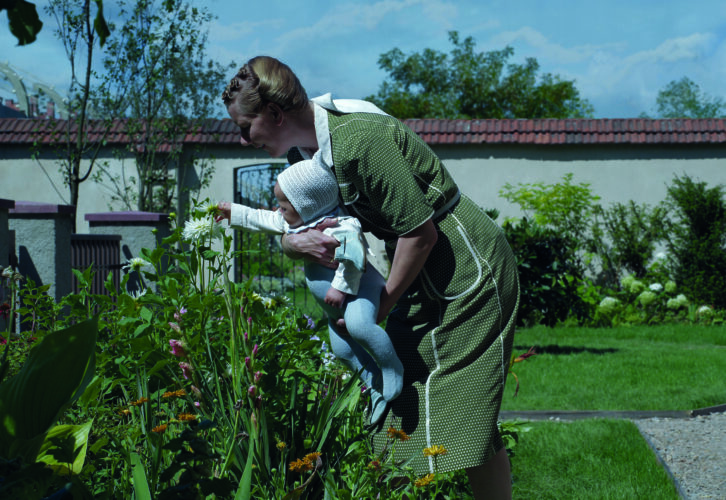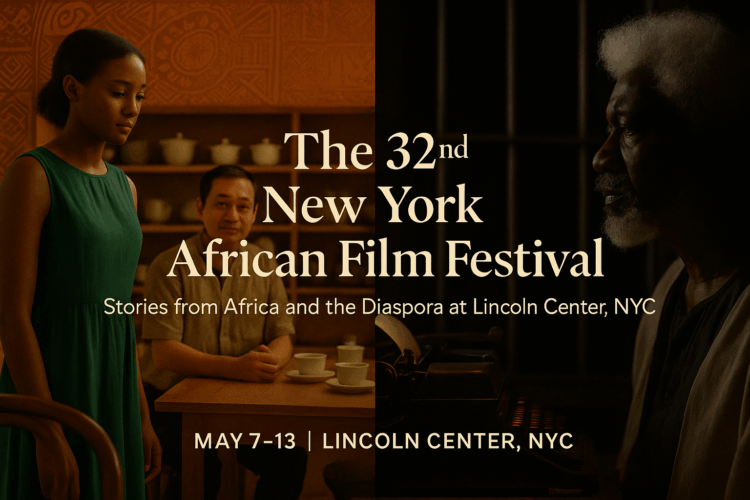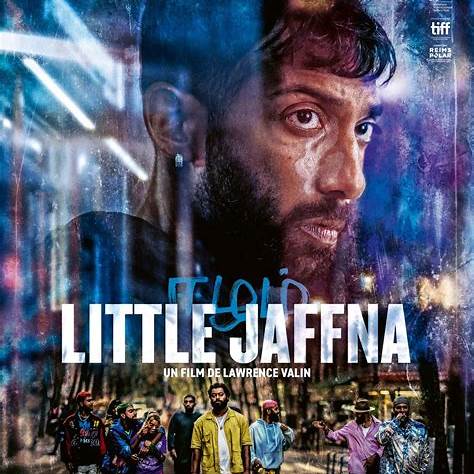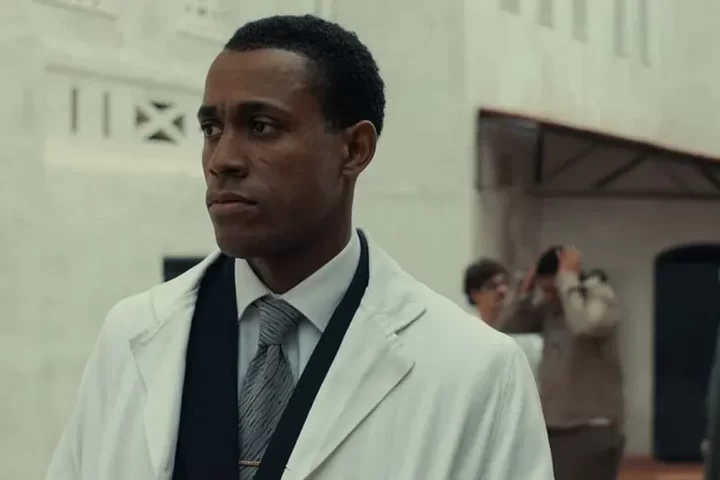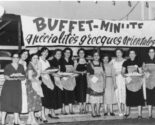Showing the Unimaginable
By Beverly Andrews
How should filmmakers portray crimes against humanity? It’s a vital question—especially for those who choose to confront the horrors of the Holocaust on screen. Some directors, like Claude Lanzmann, believed such atrocities should never be dramatized or recreated. Instead, he argued, we should strive for a deeper understanding. His nine-hour masterpiece Shoah reflects this philosophy, relying entirely on interviews with survivors and perpetrators alike to bear witness to the unimaginable.
By contrast, Steven Spielberg’s acclaimed Schindler’s List takes a more traditional narrative approach, telling the story through the lens of one man—Oskar Schindler—who defied evil and saved thousands of lives.
This year, two new films tackle the Holocaust once again: Jonathan Glazer’s The Zone of Interest and Steve McQueen’s Occupied. Though they share the same historical focus, their approaches are starkly different.
The Zone of Interest
Jonathan Glazer’s The Zone of Interest is loosely inspired by the novel of the same name by British author Martin Amis. Set at the Auschwitz concentration camp, the film does not depict the atrocities within the camp directly. Instead, it chillingly focuses on the everyday life of Rudolf Höss—the camp’s commandant—along with his wife and children, who live in a house just beyond the camp’s walls.
Rudolf Höss served as the Nazi commander at Auschwitz for over three years and was responsible for the deaths of approximately 2.5 million people. He was also the one who introduced hydrogen cyanide—derived from the pesticide Zyklon B—as a method for mass execution. At the Nuremberg Trials, Höss testified that this was the most efficient means of killing, noting that it took only three to fifteen minutes for victims to die. “We knew when the people were dead,” he said chillingly, “because they stopped screaming.”
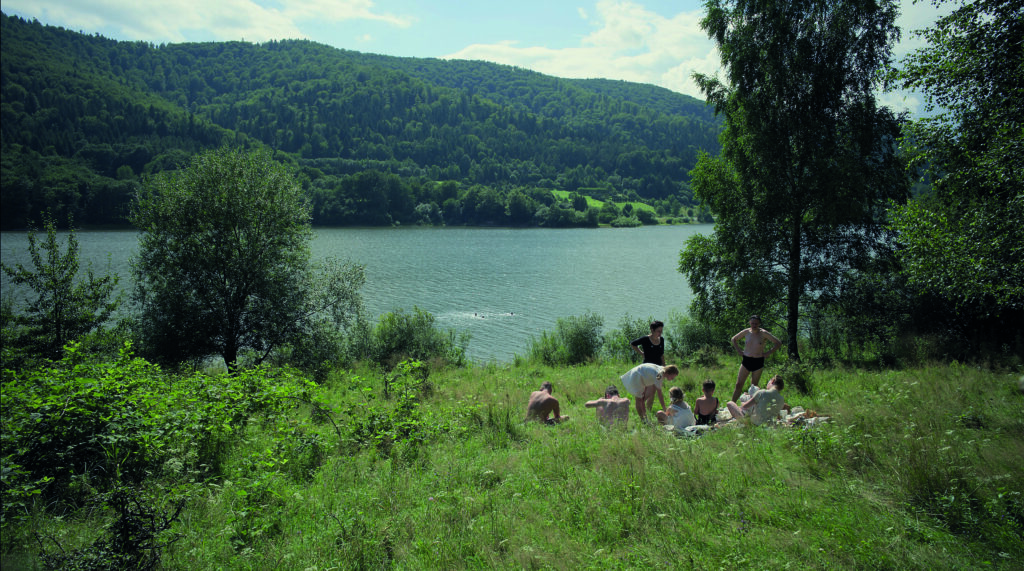
The film adopts a chilling, clinical detachment as it portrays the daily routines of the Höss family. We watch as Rudolf Höss’s wife, Hedwig, tries on a mink coat—likely taken from a prisoner who had been gassed only moments before. In another disturbing scene, Höss himself swims in a lake with his children, only to discover human remains in the water.
Adding to the unease is Mica Levi’s haunting sound design—a mostly non-musical soundscape that fuses the mechanical hum of Auschwitz’s crematoria with the distant, intermittent screams of prisoners. It’s an unsettling, highly effective auditory backdrop.
Yet, the family remains disturbingly indifferent to the atrocities occurring just beyond their garden wall. They go about their lives in comfort and privilege, served by Polish domestic workers who are acutely aware that even the smallest misstep could result in their own deaths in the camp next door.
Occupied City
Steve McQueen’s four-hour documentary Occupied City takes an entirely different approach from The Zone of Interest. Rather than dramatizing the Holocaust, it examines the Nazi occupation of Amsterdam after Germany’s invasion, recounting historical events through narration while filming the present-day locations where they occurred. Though stylistically distinct, the film is no less devastating. As it unfolds, we are confronted with the grim reality that the vast majority of Amsterdam’s Jewish population—including Anne Frank and most of her family—perished as a result of that occupation.
We hear accounts of ordinary citizens who willingly collaborated with the Nazi regime, such as a doctor summoned to determine whether abandoned infants were Jewish. Many persecuted parents had left their children in orphanages, hoping to spare them from deportation. This doctor, however, condemned numerous newborns to death by declaring their features “distinctly Jewish.” Despite his role in the deaths of many children, he—like many other collaborators—received only a light sentence and was eventually released to live freely in postwar Amsterdam.
Yet the film also highlights acts of extraordinary courage—stories of individuals who risked everything to protect their Jewish neighbors. By juxtaposing these narratives with images of modern-day Amsterdam, Occupied City powerfully reminds us that the past is never far away. That charming café, that quiet school, or that cozy bookshop may once have been the site of an execution, a torture chamber, or a deportation center during the war years.
Both The Zone of Interest and Occupied City are powerful, unflinching films that resonate far beyond the historical events they depict. Each, in its own way, confronts the viewer with the consequences of moral detachment and the dangers of forgetting. As Jonathan Glazer has noted in interviews, their relevance is deeply contemporary. These films remind us of what is at stake when we lose sight of our shared humanity—and how easily atrocity can exist alongside the ordinary when empathy disappears.
- Bangla: love outside of your confort zone
- Auschwitz-Birkenau
- The Phusiris women: Bolivian musicians challenging social mores
- Stranger at the Gate
- Death of an Icon | Tina Turner
